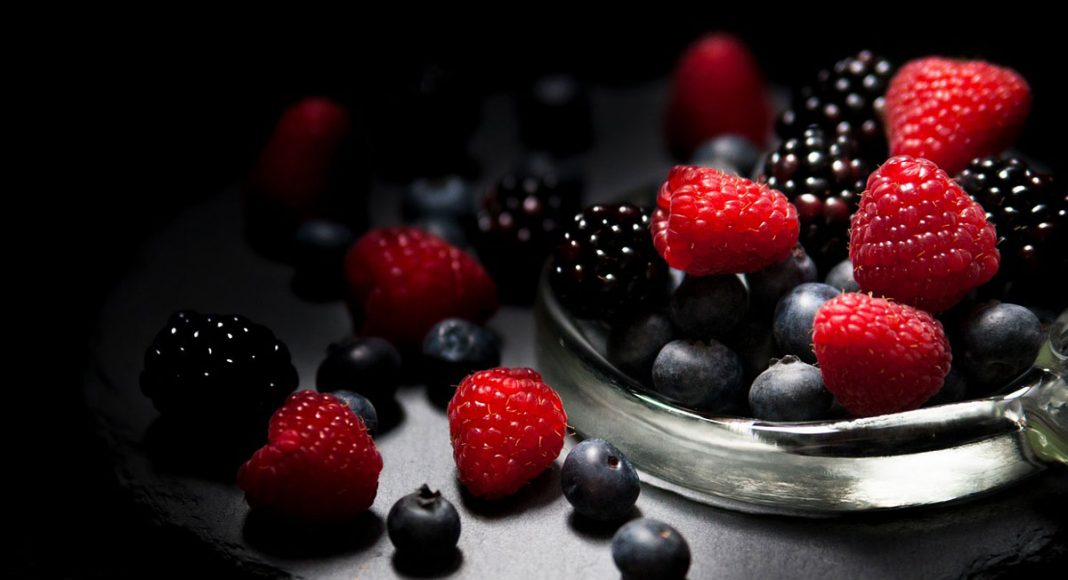Thanks to its Schedule I drug stats, the science behind cannabis isn’t as fully realized as it should be. But we still know a lot about the plant—its biological structure, what produces the euphoric “high,” and what differentiates various species of cannabis. It allows us to define whether a cannabis flower is sativa or indica.
In discussing the medicinal benefits of cannabis, you might have heard about flavonoids. All cannabis flower contains flavonoids. In fact, flavonoids can be found throughout nature in flowers, fruits, and vegetables. Flavonoids are responsible for pigmentation and various health benefits, like blueberries’ power as an antioxidant.
“Like other phytonutrients [plant chemicals], flavonoids are powerful antioxidants with anti-inflammatory and immune system benefits. Diets rich in flavonoid-containing foods are sometimes associated with cancer, neurodegenerative and cardiovascular disease prevention.”
When it comes to cannabis, there are about 20 different flavonoids, according to CBD School. They are responsible for the unique colors like blues and purples you might find in some cannabis flowers. Scientists have also discovered flavonoids unique to cannabis called cannaflavins. Some early studies have shown cannaflavins to be pharmacologically active with anti-inflammatory power possibly stronger than found in aspirin.
Flavonoids also work synergistically with other cannabis components to create what’s known as the “Entourage Effect.” If you’ve used CBD oils or medicinal marijuana, you’ve likely heard the phrase before.
-
Related Story: Is Marijuana’s CBD Good For Combating Migraines?
The Entourage Effect is the results (the effect) produced from the synergistic interaction of the cannabinoids, flavonoids, terpenes, and fatty acids naturally found in cannabis. The Entourage Effect refers to the beneficial effect of all these compounds working together as opposed to just one or two of these compounds working in isolation.
Simply put: the Entourage Effect is the beneficial effect you get from ingesting multiple components of the cannabis plant together over ingesting one component at a time.
However flavonoids remain understudied because of federal regulations. Not many national researchers are dedicating resources that direction. But research does continue overseas that help us better understand the medicinal power and chemical function of flavonoids.


